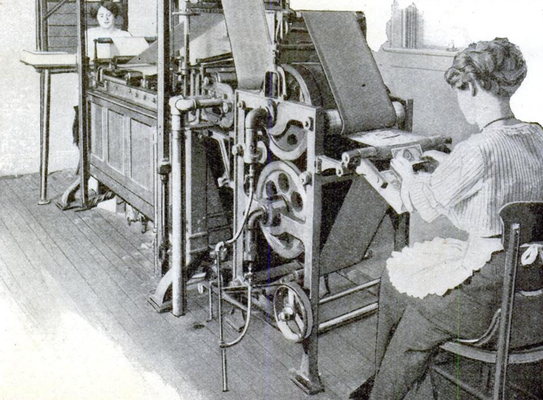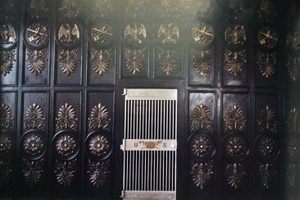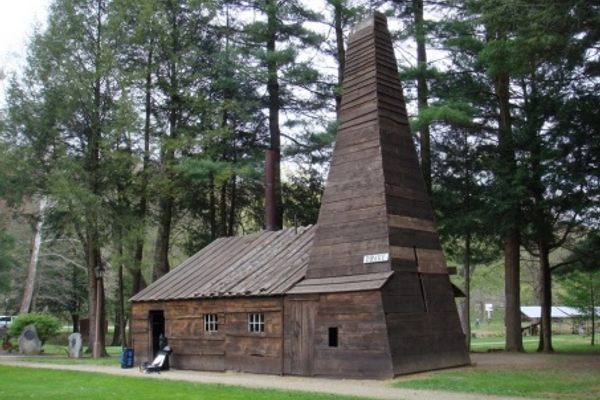About
Long before the term “money laundering” entered the popular lexicon, the U.S. Treasury Department had an actual laundry shop for grimy greenbacks. The mostly female “redemptive division” worked out of the basement and cleaned up to 80,000 soiled bills a day using mechanical scrubbers.
The idea of a cash laundry goes back to 1910, when the Director of the Bureau of Engraving and Printing (a division of the Treasury) was searching for a way to extend the lifespan of paper money; at the time small denomination bills lasted just over a year before they were so worn out that they had to be retired.
A chemist at the bureau, Burgess Smith, came up with a mechanical device that could bathe, sterilize, and iron the grimy old bills with industrial efficiency. The invention took advantage of the fact that dollar bills are made out of a special blend of cotton and linen that doesn’t disintegrate in water.
A 1912 Washington Post account described how the laundry had “dozens of rolls, many gears, and operates with the same clash and clang [as a printing press]. The money is placed between two canvas belts at one end of the machine. It runs through a solution of laundry soap and boiling hot water, where it is thoroughly cleansed. It then enters another vat in which there is a solution of stiffening material and germ-killing solution. From this vat it is drawn between a gas heated mangle, where it is ironed as stiff as new bills.”
The money laundry saved the Treasury $250,000 a year in production costs, but not everyone was a fan of the cash cleaners. The Treasury printers' union, for one, viewed the money laundry as an existential threat. The printers used to be paid a piece rate for every sheet they completed, and the laundry shop threatened to reduce demand for new prints. Other white collar Treasury employees resented the laundry for disturbing their workplace serenity. Back in the day, the Treasury building was half office, half factory, with the basement and attic filled with noisy printing presses. Apparently, it got quite loud when everything was up and running.
The nation's bankers, for their part, thought that the laundry was great. Bills that went through the scrubber were softer than fresh notes—an important factor for people who spent their day counting money by hand.
Related Tags
Know Before You Go
The laundry shop used to be located in the basement of the Treasury Department, though nothing remains of it now, and it isn't clear where the particular room was. Tours of the Treasury Department can be arranged by submitting a request through your congressional office.
Community Contributors
Added By
Published
April 3, 2017
Sources
- https://books.google.com/books?id=GAkiAQAAMAAJ&pg=PA298&lpg=PA298&dq=Burgess+Smith+bureau+of+engraving+and+printing&source=bl&ots=EzEOJpPESk&sig=wYcii49DsJq8G2FesXzkazierhM&hl=en&sa=X&ved=0ahUKEwjLudLlmIHTAhUcHGMKHXfTDWsQ6AEIMDAF#v=onepage&q=Burgess%20Smith%20bureau%20of%20engraving%20and%20printing&f=false
- Plate printers lose, Washington Post, November 2, 1913
- Uncle Sam to wash money Washington Post, August 14, 1910





















